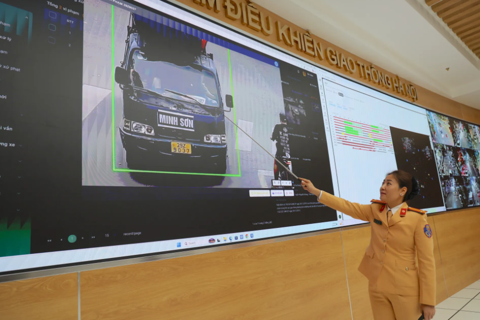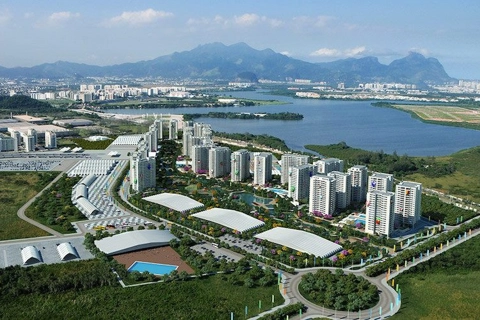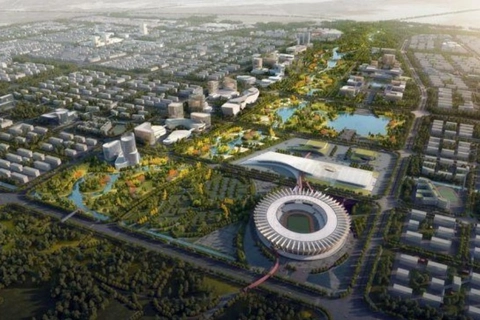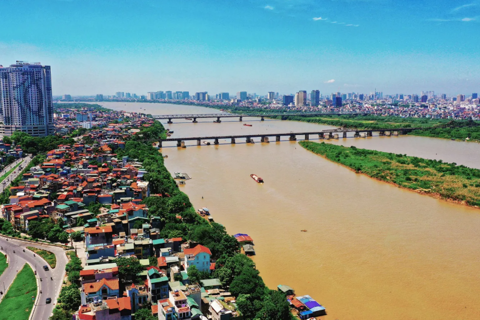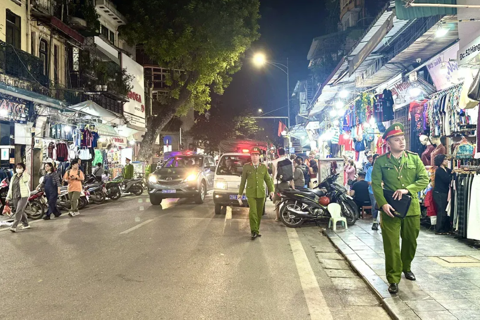Hanoi accelerates hi-tech park development for national 8% GDP growth
Hanoi is implementing concrete measures to achieve its 8% growth target for the year.
THE HANOI TIMES — Hanoi will accelerate the development of hi-tech parks, biotech zones, industrial clusters, and craft village clusters with a focus on innovation and sustainability, which are seen as measures to achieve the 8% economic growth target.
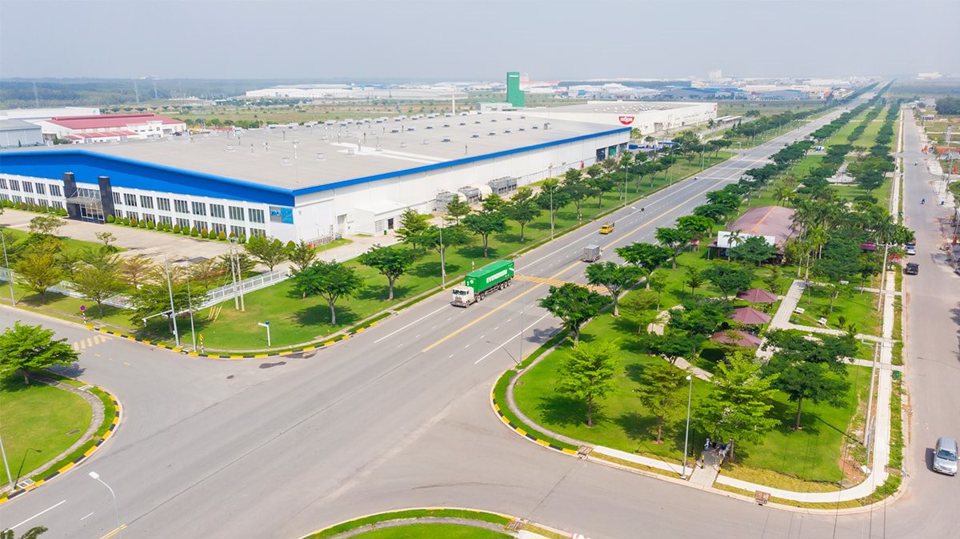
An industrial cluster in Phuc Tho District, Hanoi. Photo: The Hanoi Times
The solution was highlighted in an announcement by the Hanoi People's Committee Office, which detailed the conclusions of the municipal People's Committee Vice Chairman Nguyen Manh Quyen on solutions to boost economic growth in 2025.
"In particular, emphasis should be placed on administrative reforms and collective efforts for the rapid completion of integrated industrial infrastructure to attract investors," it concluded.
Accordingly, the Department of Industry and Trade will take the lead in accelerating the projects for commercial centers and markets.
The electricity sector is required to develop plans for power projects to meet the city's socioeconomic growth needs.
Meanwhile, the Department of Agriculture and Environment is tasked with prioritizing the development of a multi-sector, multi-objective, circular, and low-carbon agricultural sector.
Hanoi would promote the expansion of high-tech agricultural areas, boost investments in agricultural logistics systems and value chain linkages from production to consumption while accelerating the application of advanced science and technology in production.
The tourism sector needs to capitalize on Hanoi's strengths to develop cultural, historical, and night tourism products as well as new tourism packages (combo packages) and improvements in service quality while increasing investment in tourism infrastructure and professional destination marketing to attract high-value tourists.
The Department of Finance needs to quickly finalize the list of investment projects and strengthen domestic and international investment promotion efforts to attract strategic foreign direct investment (FDI), foreign indirect investment (FII), and official development assistance (ODA) in line with the new economic environment and technology transfer as well.
Relevant agencies must actively deepen international economic relations with key and potential partners to serve economic and trade development while supporting the city's strategic breakthroughs. Participation in international economic linkages and multilateral forums will be intensified to harness resources for development and enhance Hanoi's global standing. Enterprises will receive more support in fulfilling international economic integration commitments.
The Department of Construction will speed up electric bus lines and propose policies to encourage the use of public transportation to reduce urban traffic congestion.
The Department of Science and Technology will lead efforts to expand 5G networks and fiber-optic infrastructure to all households, industrial zones, urban centers, and major tourist destinations. It needs to prioritize the development of telecommunications infrastructure planning, including the synchronized installation of fiber optic networks and 5G transmission systems throughout the city. In addition, agricultural producers and OCOP (One Commune One Product) items must get access to e-commerce platforms to foster a digital economy in agriculture.
The Department of Ethnic and Religious Affairs will work to disburse all allocated projects. At the same time, localities are required to restructure production to improve living conditions and provide a stable source of income for ethnic minorities and mountainous communities. Additionally, they need to preserve and promote the cultural heritage of ethnic minorities, integrating it with ecotourism and community-based tourism programs.
For projects financed from the state budget, the Department of Finance will urge investors to concentrate resources and accelerate the progress of public investment projects, aiming for 100% disbursement in 2025.





